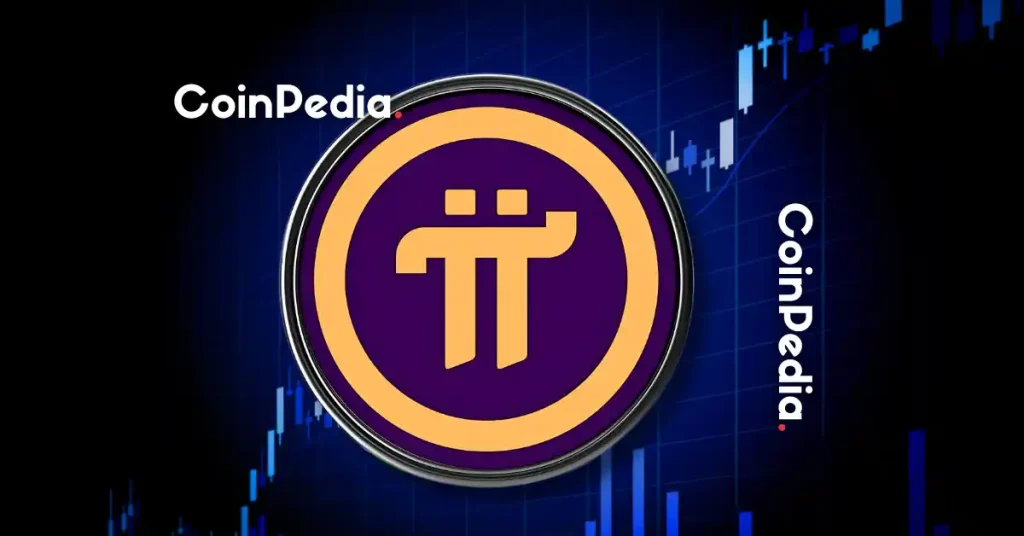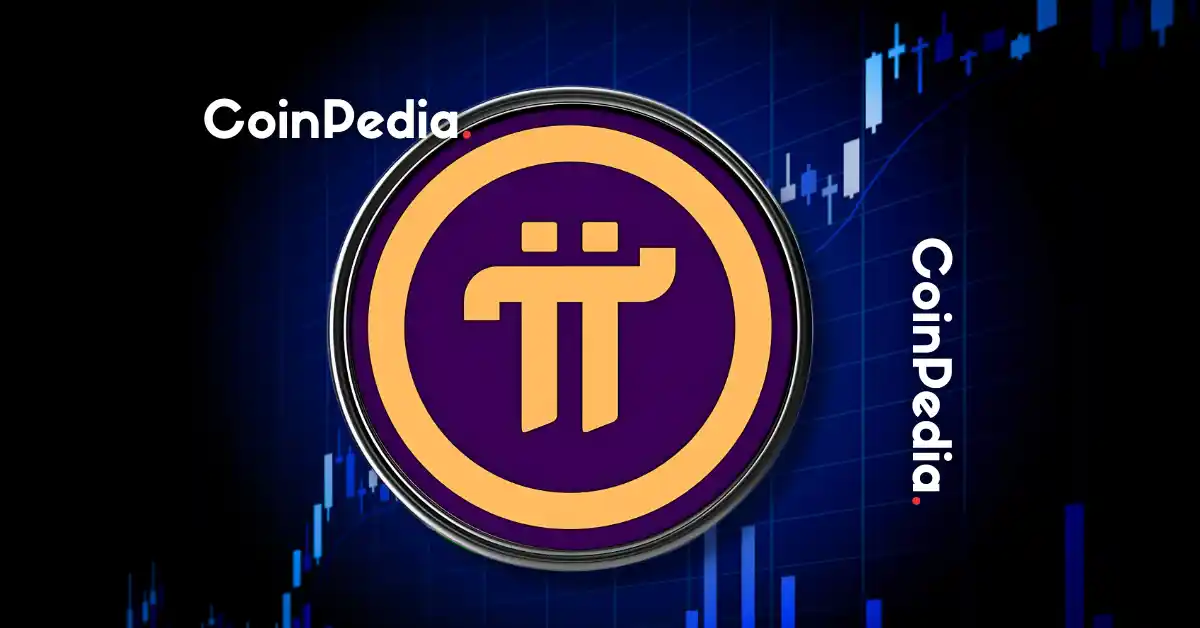
Pi Network’s $10 Dream: A Realistic Valuation or Crypto Fantasy?
The Pi Network has emerged as one of the most talked-about cryptocurrency projects, promising a decentralized digital currency that is accessible to everyone. With over 60 million users by early 2025, the network has demonstrated impressive growth. However, the burning question remains: can Pi realistically reach a price of $10? This report explores the factors influencing Pi Network’s valuation, examining technical challenges, market sentiment, and economic realities to determine whether this digital dream can become a reality.
Understanding Pi Network: A Unique Approach to Cryptocurrency
Pi Network stands out from traditional cryptocurrencies by adopting a mobile-first mining approach. Users can mine Pi coins directly from their smartphones without needing specialized hardware or consuming excessive energy. This accessibility has driven rapid user growth, but it also presents challenges related to security, scalability, and value.
The network’s unique mining model has attracted a diverse user base, but it has also raised concerns about the long-term sustainability of the project. Unlike Bitcoin, which relies on proof-of-work (PoW) mining, Pi Network uses a consensus algorithm called Stellar Consensus Protocol (SCP), which is designed to be energy-efficient and scalable. However, the effectiveness of this algorithm in maintaining network security and preventing Sybil attacks remains a topic of debate.
The Elusive $10 Target: Hype vs. Reality
The $10 price target has become a rallying cry for the Pi Network community. Some analysts, like Dr. Altcoin, have expressed optimism, suggesting that this milestone could be achieved once the Pi ecosystem matures, particularly with the development of advanced applications through the AI App Studio. However, a more cautious perspective prevails among other experts. Concerns about weak demand, limited utility, and the sheer volume of Pi coins in circulation cast doubt on the possibility of reaching such a high valuation.
The current price of Pi is highly speculative, as it is not yet listed on major cryptocurrency exchanges. The lack of liquidity and the absence of a fully functional mainnet make it difficult to assess the true value of Pi. Moreover, the network’s reliance on a closed mainnet phase, where transactions are not yet recorded on a public blockchain, adds another layer of uncertainty.
Factors Influencing Pi Network’s Price
Several key factors will determine whether Pi Network can achieve its ambitious price target:
Utility and Ecosystem Development
The success of Pi Network hinges on its ability to create a vibrant ecosystem where Pi coins can be used for goods, services, and applications. The development of the AI App Studio is a crucial step in this direction. If developers can build compelling applications that drive demand for Pi, the price could see significant upward pressure. Without real-world utility, Pi will remain a speculative asset with limited value.
The Pi Network team has outlined plans to integrate Pi with various industries, including e-commerce, gaming, and social media. However, the execution of these plans remains uncertain. The network must attract developers and businesses to build applications on its platform, which is a significant challenge given the competition from established blockchain networks like Ethereum and Solana.
Exchange Listings
Listing on major cryptocurrency exchanges like Binance or Coinbase could provide a significant boost to Pi’s price. This would increase liquidity, accessibility, and credibility, attracting a broader range of investors. However, exchange listings are not guaranteed and depend on Pi Network meeting the stringent requirements of these platforms.
The Pi Network team has indicated that it is working towards exchange listings, but the timeline for these listings remains unclear. Moreover, the network must address concerns about its centralization and regulatory compliance before it can gain the trust of major exchanges.
Market Sentiment and Community Support
The Pi Network community plays a vital role in shaping the perception and value of the cryptocurrency. Strong community support, positive sentiment, and active participation can create a network effect that drives demand and adoption. Conversely, negative sentiment, internal conflicts, or a decline in user engagement could hinder Pi’s progress.
The Pi Network community is one of the largest in the cryptocurrency space, with millions of users actively participating in the network’s development. However, the community’s enthusiasm must be translated into real-world utility and adoption. The network must also address concerns about the distribution of Pi coins and the potential for pump-and-dump schemes.
Supply and Demand Dynamics
The supply of Pi coins is a critical factor influencing its price. While the exact total supply is not yet fully defined, the circulating supply will significantly impact the potential for price appreciation. If the demand for Pi fails to keep pace with the increasing supply, the price will likely remain suppressed.
The Pi Network team has implemented a halving mechanism to control the supply of Pi coins. However, the effectiveness of this mechanism remains to be seen. The network must also address concerns about the distribution of Pi coins, as the majority of coins are currently held by early adopters and the network’s core team.
Open Mainnet Launch and Network Performance
The launch of the Pi Network open mainnet is a pivotal moment that will determine its long-term viability. A successful mainnet launch, characterized by stable network performance, secure transactions, and a seamless user experience, will inspire confidence in the project and attract new users and investors. However, any technical glitches, security vulnerabilities, or scalability issues could damage the network’s reputation and negatively impact its price.
The Pi Network team has outlined plans to launch the open mainnet in phases, with the first phase expected to focus on basic functionality. The team must ensure that the mainnet is secure, scalable, and user-friendly to gain the trust of the cryptocurrency community.
Potential Challenges and Roadblocks
Pi Network faces several potential challenges that could derail its journey to $10:
Centralization Concerns
Despite its decentralized aspirations, Pi Network has faced criticism regarding its level of centralization. The core team’s control over the network’s development and governance raises concerns about potential manipulation and lack of transparency. Addressing these concerns and fostering greater decentralization is crucial for building trust and credibility.
The Pi Network team has indicated that it is working towards decentralization, but the process is likely to be slow and complex. The network must also address concerns about the distribution of Pi coins and the potential for centralization of mining power.
Regulatory Scrutiny
As cryptocurrency adoption grows, regulatory scrutiny is also increasing. Pi Network could face challenges from regulators if it fails to comply with applicable laws and regulations, particularly regarding securities offerings, money laundering, and consumer protection. Navigating the complex regulatory landscape will be essential for Pi Network’s long-term success.
The Pi Network team has indicated that it is working towards regulatory compliance, but the process is likely to be challenging. The network must also address concerns about the distribution of Pi coins and the potential for regulatory action.
Competition from Other Cryptocurrencies
The cryptocurrency market is highly competitive, with thousands of projects vying for attention and investment. Pi Network must differentiate itself from the competition by offering unique value propositions, addressing unmet needs, and building a strong competitive advantage.
The Pi Network team has outlined plans to differentiate the network from its competitors, but the execution of these plans remains uncertain. The network must also address concerns about its centralization and regulatory compliance to gain a competitive edge.
Scalability Limitations
As the Pi Network grows, it must address potential scalability limitations. The network must be able to handle a large volume of transactions without compromising speed, security, or cost-effectiveness. Failure to scale effectively could lead to network congestion, transaction delays, and a poor user experience.
The Pi Network team has indicated that it is working towards scalability, but the process is likely to be challenging. The network must also address concerns about its centralization and regulatory compliance to ensure scalability.
Alternative Scenarios and Price Predictions
While the $10 target remains a distant goal, various alternative scenarios and price predictions exist:
Bearish Scenario
In a bearish scenario, characterized by weak demand, limited utility, and negative market sentiment, Pi’s price could struggle to maintain its current levels. Some analysts predict that Pi could even fall below $0.40.
Neutral Scenario
A neutral scenario assumes that Pi Network continues to develop its ecosystem and attract new users, but faces challenges in achieving widespread adoption and utility. In this case, Pi’s price could remain range-bound, fluctuating between $0.50 and $1.
Bullish Scenario
A bullish scenario assumes that Pi Network successfully launches its open mainnet, develops compelling applications, secures listings on major exchanges, and fosters a strong community. In this case, Pi’s price could see significant upside potential, potentially reaching $4 to $8.
Conclusion: A Long and Uncertain Road Ahead
The journey for Pi Network to reach $10 is fraught with challenges and uncertainties. While the network’s accessibility and growing user base are positive signs, significant hurdles remain in terms of utility development, exchange listings, and regulatory compliance. Whether Pi Network can overcome these obstacles and achieve its ambitious price target remains to be seen. For now, the $10 dream remains a crypto fantasy, contingent on a confluence of factors that are far from guaranteed. The future of Pi Network hinges on its ability to transform from a speculative asset into a vibrant ecosystem with real-world utility, and only time will tell if this transformation is possible.





